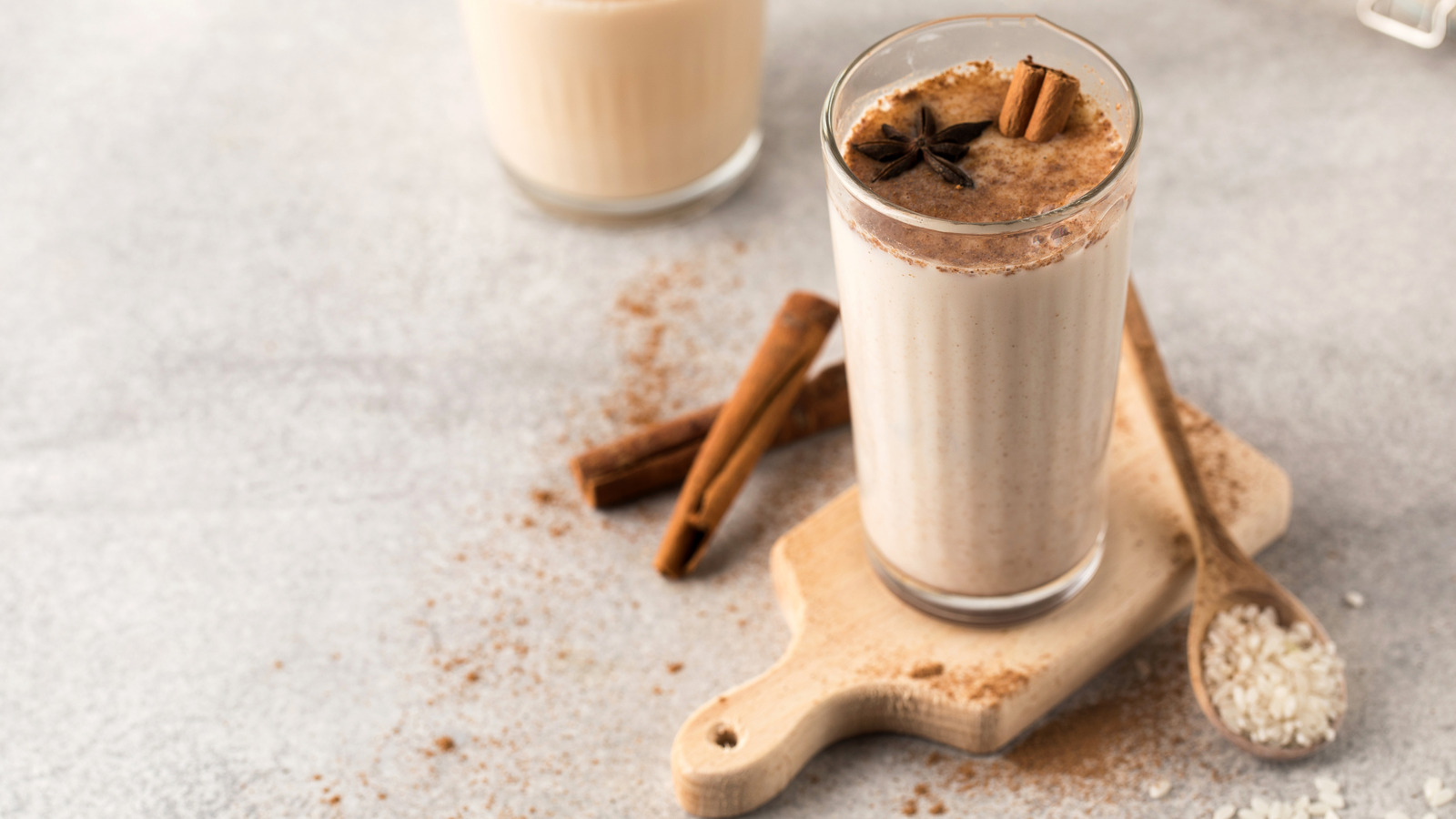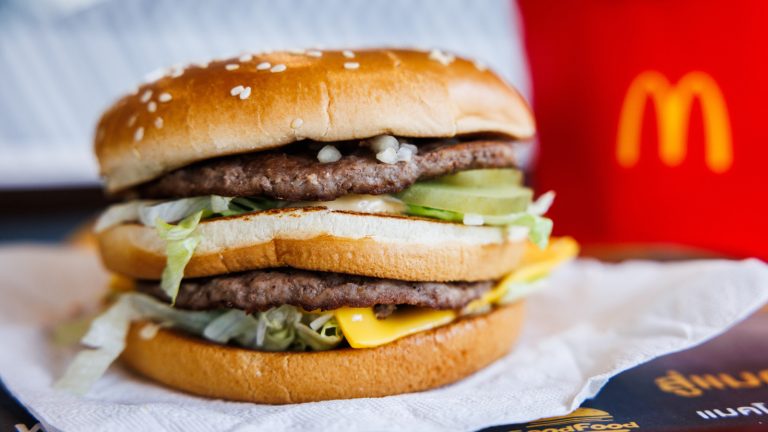We may receive a commission on purchases made from links.
Horchata is a magical drink. It’s sweet and creamy, yet unlike other drinks that fit that bill and feel heavier, it’s light and refreshing. That’s probably why many of us love horchata on its own, in cocktails by night, and with coffee by day — Starbucks’ summer 2025 menu will even feature a horchata espresso drink. This beverage is best known as classic Mexican horchata, as it has a long history there and is quite popular in the country. But the origins of horchata stretch back further than you might think, and to a place you might not expect — ancient Egypt.
Horchata is made from grains or nuts and water, plus spices. The Mexican iteration, for example, is made with rice. Historians have traced this basic recipe back to North Africa thousands of years ago. Chufa, or tiger nuts, grew along the Nile River. Egyptians appreciated that they were healthy and had a nutty sweetness, so they’d make a paste of them to mix into a drink with water. It was clearly a crowd-pleasing hit, as it then spread around the world. As people began to explore, conquer, and trade with other countries, culinary traditions expanded. The Moors were a North African people that came to rule Spain for centuries, and brought the chufa drink with them, where it became a staple. The Spanish brought the beverage into their colony of Mexico, too, where the base changed to rice.
How horchata evolved
We have ancient Egyptians to thank for horchata, but this beverage grew into the cinnamon-centric treat we know today in Mexico. The name originates with the Moors’ term for it, “hordiat,” from the Latin “hordeata” indicating something has been made with barley, which perhaps confusingly bears more resemblance to the later Mexican version. In Spain, “hordiat” became “horchata de chufa” to more accurately refer to the tiger nut base; in Mexico, it’s “horchata de arroz” or just “horchata.” It’s long been tradition to flavor the grain or nut milk with available spices and botanicals. The Spanish sweetened theirs with sugar plus cinnamon and leon zest; Mexican horchata prominently features cinnamon and can be sweetened with sweetened condensed milk or vanilla.
It’s impressive to think of the multi-century lifetime of horchata when you consider how incredibly popular the drink still is today. Influential cocktail bars make tipples with it like Death & Co.’s smoked horchata, McDonald’s sells McCafe horchata latte K-Cups, and you can buy horchata milk or horchata mix. Of course, it’s worth learning to make horchata the traditional way. You can develop your own additions and techniques, like sweetening it with maple syrup. Add your favorite booze to it or make a dreamy morning drink by combining iced coffee and horchata. Whatever you do with it, make sure to say “cheers” to ancient Egypt, Spain, and Mexico for bringing us this perfect drink.






